How to upgrade any workout
Whatever your gym plan, it could be more efficient. MF consults the experts to enhance your time under the bar
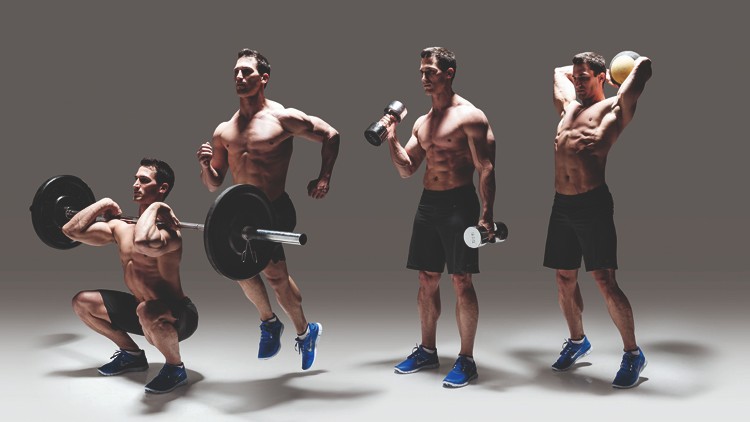
Your session is about more than the moves you do, the weights you lift, and even the sets and reps you push yourself through. A few tweaks can make all the difference between a session that,s a total washout and one where you carve out a new personal best – and they,re not even complicated. MF has consulted the experts to find out how to fine-tune the most common types of workout, so all you have to do is pick your poison and make the necessary adjustments. No need to thank us – we,re just doing our job.
Strength
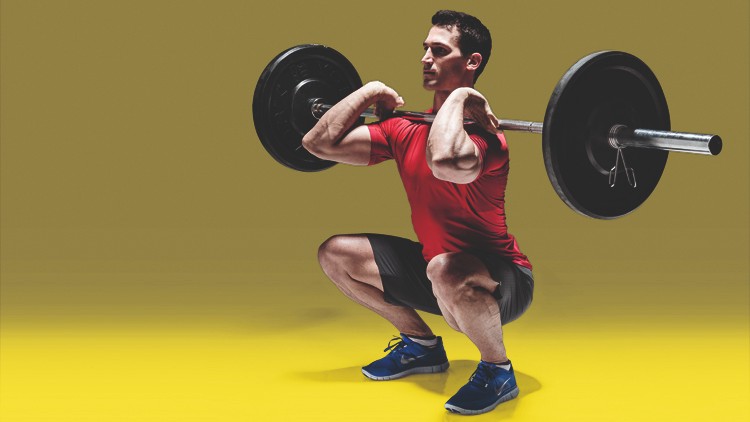
Shifting ever higher numbers in the deadlift, bench and squat isn’t just for powerlifters – it’s also the focus of NFL linebackers and countless weights-room heroes. Aiming to lift more weight gives a clear focus to your planning and it’ll also pay muscular dividends.
The problem
If you push too hard, too fast, you risk stalling in your gains. And doing nothing but hammering the big lifts with extra sets, reps or workouts is a recipe for injury.
The fix
By ‘exciting’ your nervous system and playing tricks on your body, you can break through boundaries and see a strength increase in a single workout. Strength and conditioning coach Anthony Shaw explains how.
‘You’re going to fire up your central nervous system with post-activation potentiation, or PAP. This has two benefits. First, it fires up your fast-twitch muscle fibres. Second, it desensitises your Golgi tendon organ, a sensory organ in your muscle fibres that limits the amount your body will lift as an injury-prevention mechanism. The trick is to use two exercises that are biomechanically similar, so med ball throws and bench presses will work, but power cleans and benches won’t.’
Sign up for workout ideas, training advice, reviews of the latest gear and more.
‘Your first option is to do a heavy “partial” move before your main move: say a rack pull before a deadlift, or a very heavy quarter-squat before a full squat. Do three sets of three with 85-100% of your one-rep max in the partial move, then wait four minutes before starting your main move.’
‘Option two is to do a strength exercise immediately followed by a power move. For instance, do weighted squats with jump squats, or bench presses with clap press-ups. You’d do three to five reps of your strength move at 75-90% of your max, then immediately go into three to five reps of your power move. Rest for three minutes, then repeat twice.’
‘Option three is to do a few sets of a power move before your main strength work. So you might do three sets of three to five reps of broad jumps before a squat workout, or kettlebell swings before deadlifting. Leave four minutes before your strength work.’
Cardio
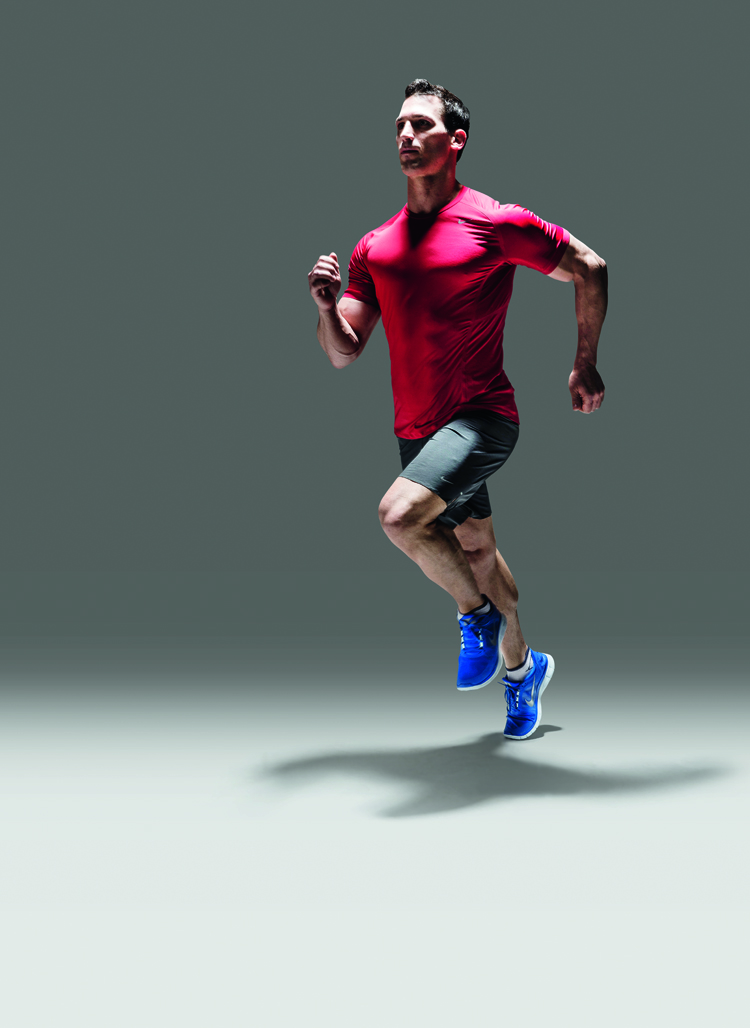
The theory
Whether you’re a 10K runner or a regular lifter, conditioning is crucial. Intervals will allow you to achieve major improvements in minimum time – provided you do them properly.
The problem
Adding distance or speeding up will certainly produce benefits, but it’s far from the most efficient way to get them.
The fix
High-intensity interval training (HIIT) promises cardio leaps in record time when done properly. Trainer Dan Forbes explains how to save both time and lung power.
‘Understand that every session is a stress on your body. Decide on the goal of your session: is it a high day, where you drive your fitness up, or a recovery day? Whichever it is, commit to that and stick to it. The worst thing to do is to start a recovery day and push a little too hard. You’ll undermine your recovery but won’t go hard enough to improve fitness, so you’ll achieve nothing.’
‘Using a heart rate monitor is one of the best ways to monitor intensity. If you haven’t got one, use the Rate of Perceived Exertion scale, where 0 is no exertion at all and 10 is how fast you’d run if your life depended on it.’
‘If you’re doing HIIT, make sure the intensity is high. Run at intensity 9-10 for 20-30 seconds, then rest for two to four minutes or until your heart rate drops to 120-130bpm, which means you’ve recovered enough for another all-out effort. The rest is crucial, because it allows you to return to a high enough intensity to see benefits.’
‘Finally, don’t use HIIT as an add-on. It’s more gruelling than a heavy weights session, so plan it as a workout in its own right. Do a warm-up, six to eight maximum-intensity intervals, some mobility drills, and call it a day. Then recover.’
Upper/lower-split
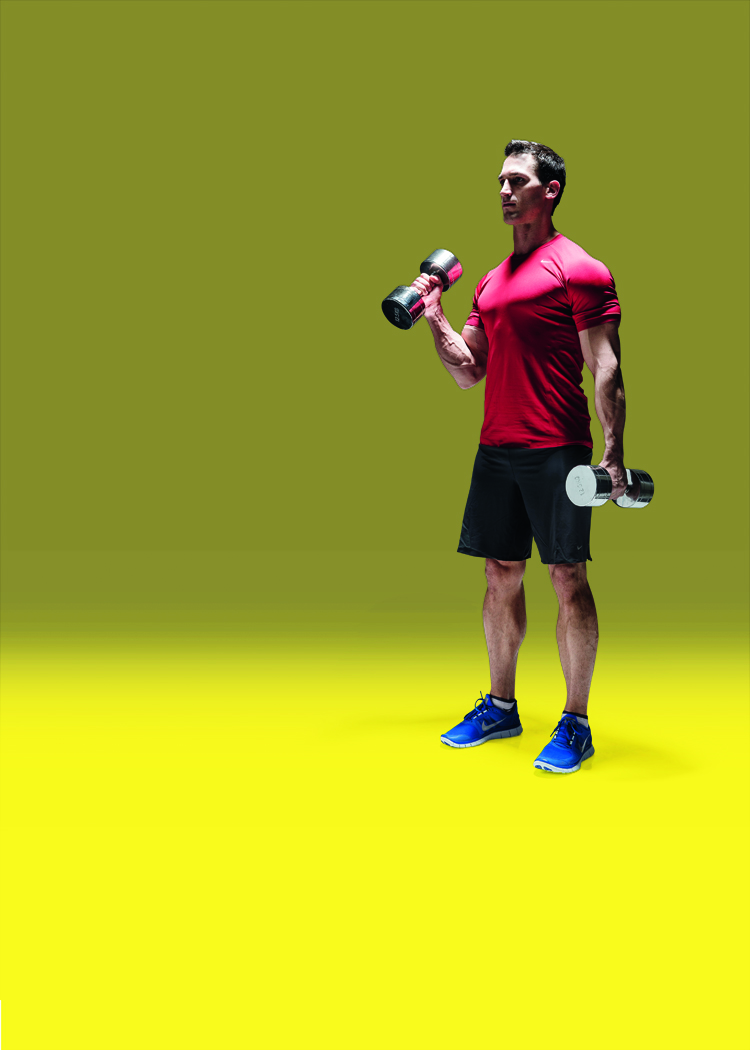
The theory
A good option for intermediate trainees, the upper/lower split is the next step up from doing total-body workouts. It allows the different areas of your body some recovery, while still teaching you to move as a unit.
The problem
This type of training can be exhausting, and overdoing things on any one move could lead to injury.
The fix
The secret to a good session is preparing your body for what it’s about to go through. Chris Burgess, head PT at the University of Bath, takes you through it.
‘Start with some myofascial release work. Foam rolling is very effective, but work with a tennis ball is better as it’s more specific. Roll it on your pec for upper-body sessions and your feet for lower-body – they’re connected to the rest of your posterior chain.’
‘A good warm-up works your whole body. Focus on light, fast movements that work your whole body. Lunges, press-ups and light medicine ball slams will get you more physically and mentally ready to perform than a five-minute cross-trainer session.’
‘If you haven’t got a coach, you need to take responsibility for your own session. Take the 60-90 seconds between sets to record as much information as possible. Note what was a struggle, and where you can improve.’
‘After your session, do some very light assistance movements. An underrated option is external rotation for the rotator cuff. Grab a resistance band and, keeping your upper-arm against your side, rotate your forearm away from you.’
Classic split
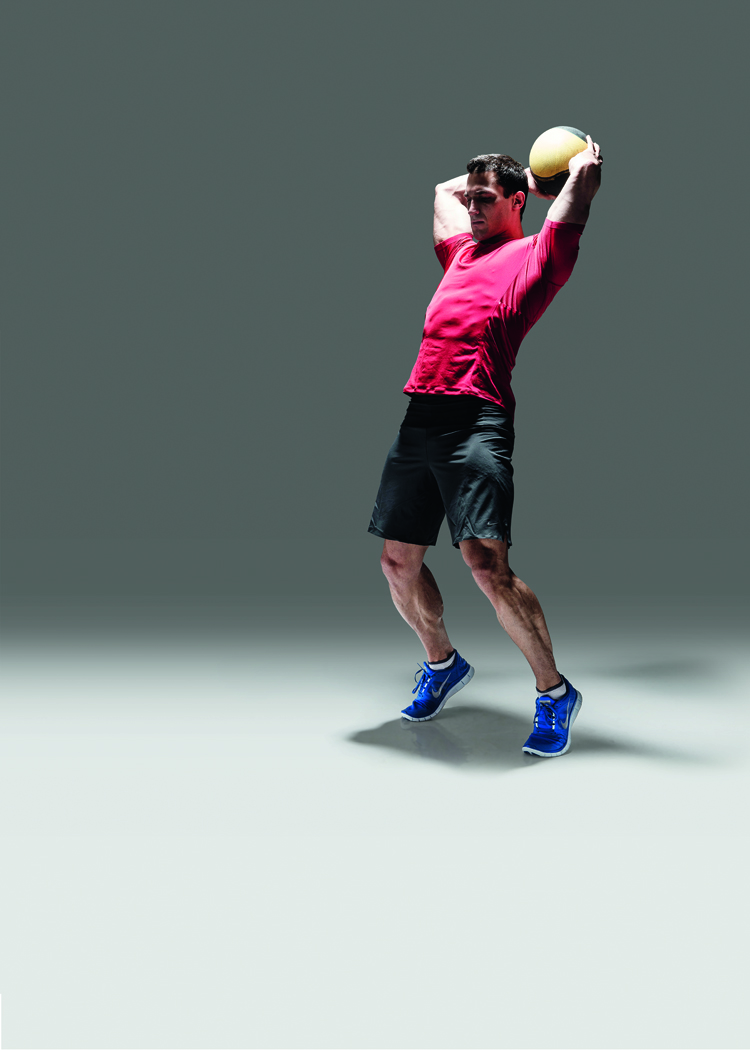
The theory
Splitting your workouts into a body part or two each day – such as back and biceps, chest and triceps or shoulders and legs – allows you to cause maximum micro-trauma to your muscle fibres before giving them a week to grow back stronger.
The problem
If you just throw together half a dozen biceps moves, all you’ll achieve is the inability to lift your arms at the end of the session – it won’t lead to growth. To see improvement, you’ll need to push your boundaries both physically and mentally.
The fix
Tom Eastham, Fitness First personal trainer of the year, explains how visualisation and intensity can help you break your boundaries.
‘The mind is where it all starts. Fifteen or 30 minutes before your session, think about your first lift, visualising yourself in the moment. On your way to the gym, get the soundtrack to your workout playing in your ears and take some BCAAs. Enter the gym prepared.’
‘During your workout, keep the intensity high. Ignore your phone and the gym TVs. Concentrate on each rep you do – feel the contraction in the muscle at the top and bottom of your biceps curl, for instance.’
‘Try something new every time you train. A good option is a ‘finisher’ - say three sets, 60 seconds, as many reps as possible. Working for time instead of reps is a good way to ensure that your body never adapts.’
‘Vary the sets, reps and tempo. Simply going through the motions every time will do nothing for you. Tempo is the forgotten variable. Force yourself to count down slowly on each rep, and watch the difference in your workout.
Coach is a health and fitness title. This byline is used for posting sponsored content, book extracts and the like. It is also used as a placeholder for articles published a long time ago when the original author is unclear. You can find out more about this publication and find the contact details of the editorial team on the About Us page.

